Search for a “Low Chill” olive variety
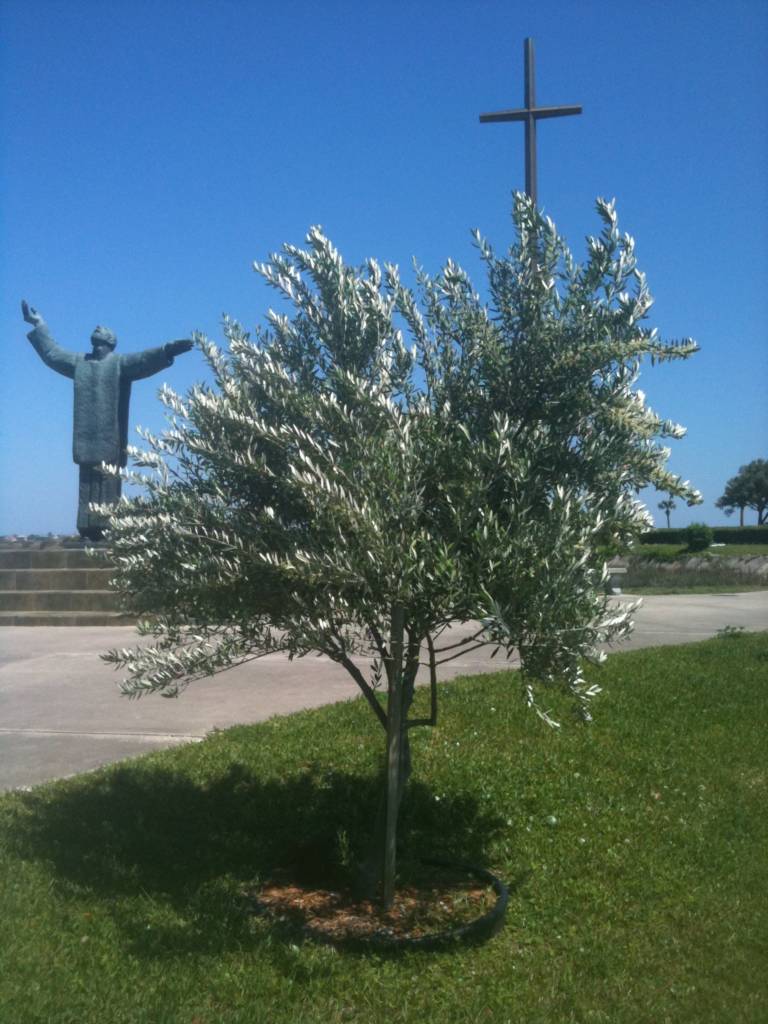
Blooming Olive Tree-St. Augustine, FL
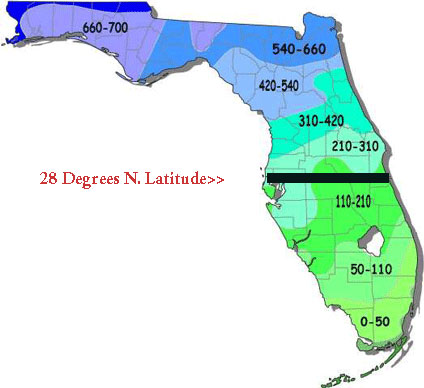
Florida Chill Hour Map
Since 2011, the Florida Olive Council, LAA has partnered with public and private organizations conducting olive research statewide. Multi-variety test plots were installed at five (5) UF-IFAS Research and Education Centers, Hardee County Industrial Development Authority in Wauchula, Mosaic Corporation in Bowling Green, Lykes Brothers in Lake Wales and many others. The majority of cultivars planted in those test plots were sourced from California nursery stock adapted to a northern Mediterranean climate (Spain, Italy, Greece) at 38-41°N Latitude.
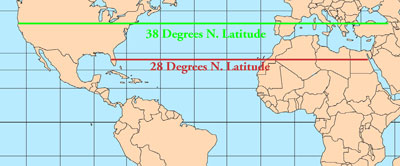 Olive growing areas of California are on a similar latitude with the northern Mediterranean basin. While these northern Mediterranean varieties (NoMed) can flower and fruit in northern areas of Florida where annual chill exceeds 300 hours; they struggle south of the I-4 corridor (28°N. latitude) where chill-hour* accumulation is 100-120 hours. Since the five SW Florida counties: DeSoto, Polk, Hendry, Highlands and Hardee account for 66% of all citrus acreage in Florida and have suffered significantly with HLB or fatal greening disease, this area is the focus of the Council’s low-chill olive research initiative. With over 250,000 acres of fallow grove land, an alternative cash crop with returns like citrus ($2,000-$3,000/acre) is critical. As well, any crop planted to supplement citrus should be able use the citrus industry packing and transportation infrastructure with minimum retooling and capital outlay. (*One chill hour=1 hour between 32°-45°F.)
Olive growing areas of California are on a similar latitude with the northern Mediterranean basin. While these northern Mediterranean varieties (NoMed) can flower and fruit in northern areas of Florida where annual chill exceeds 300 hours; they struggle south of the I-4 corridor (28°N. latitude) where chill-hour* accumulation is 100-120 hours. Since the five SW Florida counties: DeSoto, Polk, Hendry, Highlands and Hardee account for 66% of all citrus acreage in Florida and have suffered significantly with HLB or fatal greening disease, this area is the focus of the Council’s low-chill olive research initiative. With over 250,000 acres of fallow grove land, an alternative cash crop with returns like citrus ($2,000-$3,000/acre) is critical. As well, any crop planted to supplement citrus should be able use the citrus industry packing and transportation infrastructure with minimum retooling and capital outlay. (*One chill hour=1 hour between 32°-45°F.)
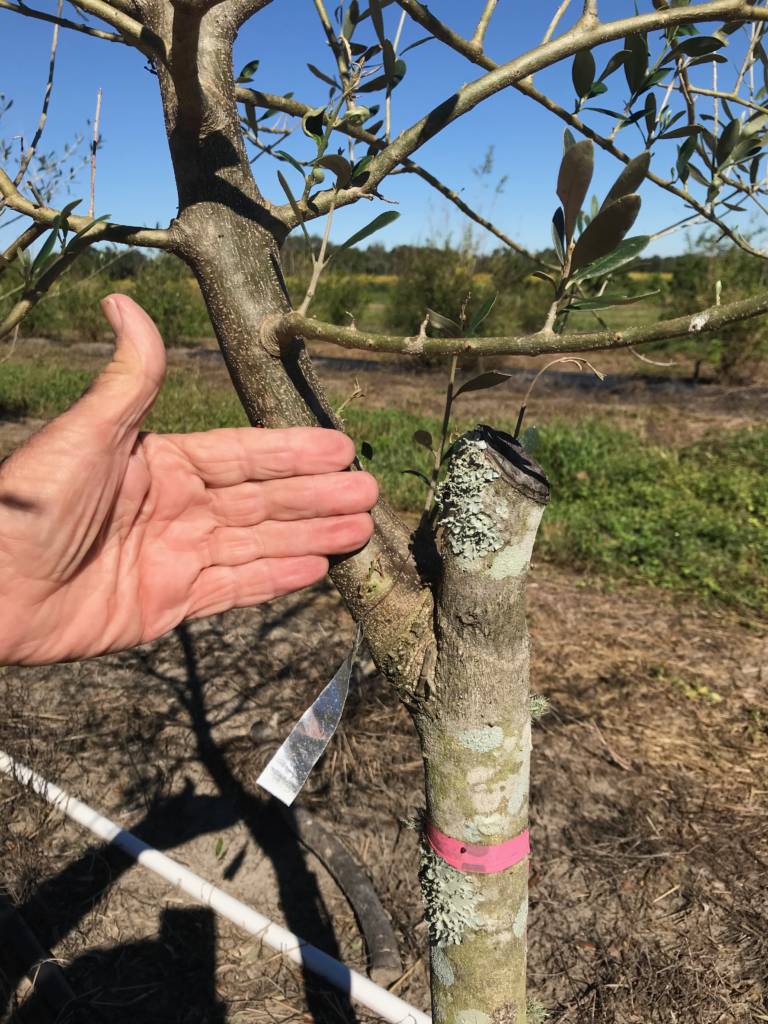
Grafted Olive Tree-Hardee County
Current Florida Olive Council research is focused on identifying olive cultivars growing in the Middle East and North Africa near 28°N. latitude. In 2017-2018, the Council secured varieties from the Middle East and North Africa (MENA), South America and Southern Australia from the USDA Germplasm at University of California (Davis). Researchers postulate cultivars from more southern latitudes might be better suited to produce in SW Florida. Since some cultivars require 4-7 years to flower, the research plan included grafting the candidate varieties onto mature (4+ year-old) Arbequina olive trees. Over 400 grafts are installed at the Hardee County research facility in Wauchula, FL.
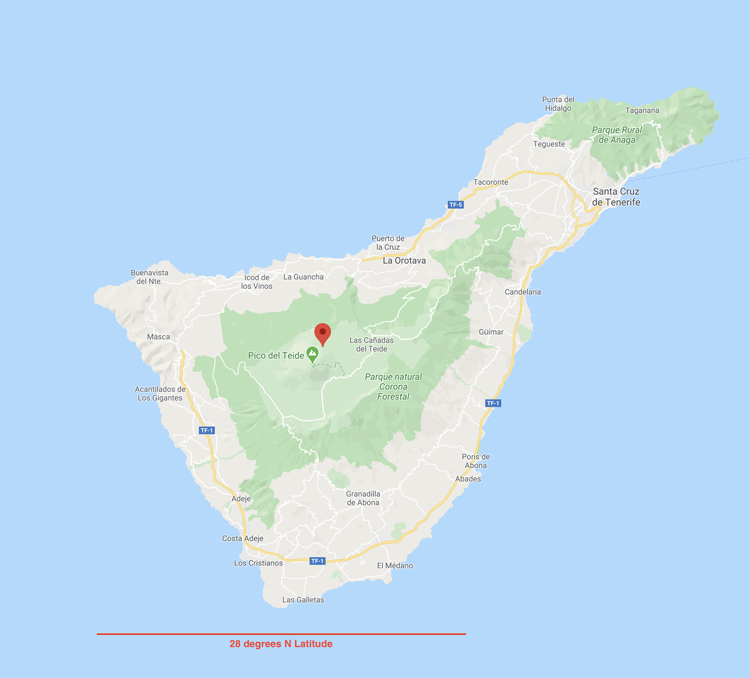
Tenerife (Canary Islands), Spain
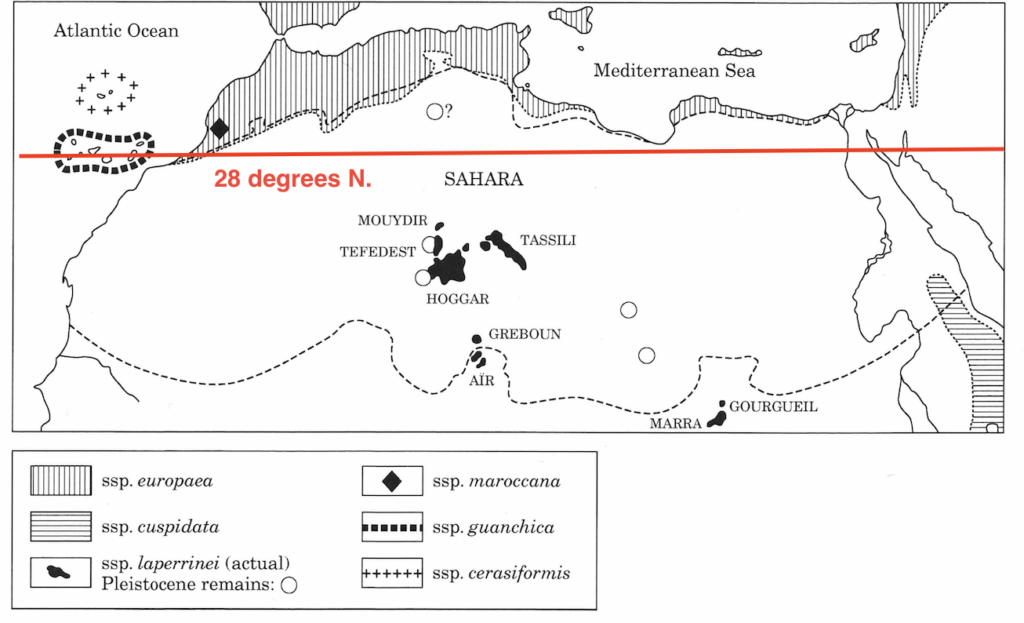
Southern Morocco
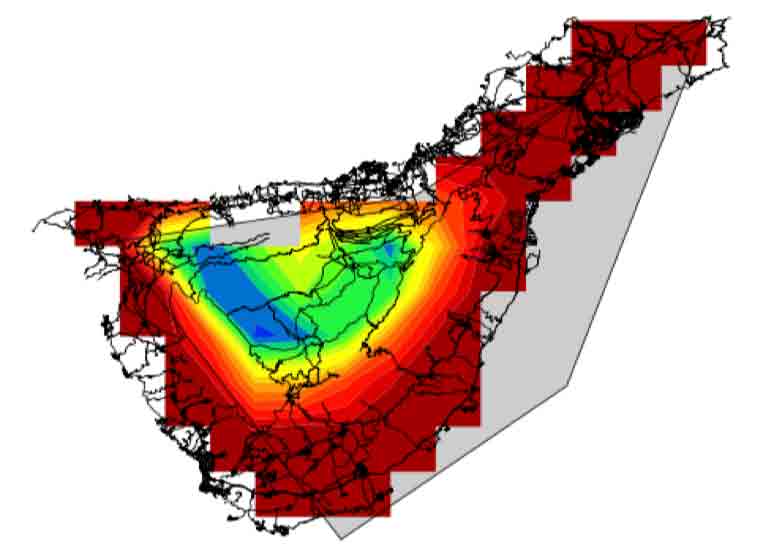
Satellite Heat Map (Courtesy of Blue Skies)
In addition, the Council is planning a trip to Tenerife in the the Canary Islands (Spain) as well as Morocco. These areas are located in close proximity to 28°N. latitude and have a long history of olive production. In order to find cultivars that are producing in desired chill-hour accumulation area, the Council will use satellite data to determine which areas have historic chill accumulation in the 60-210 hour range and then conduct field experiments to identify the trees, investigate yield, cultivation practices and collect other data.
The Council is working with academics Université Abdelmalek Essaâdi at Tétouan, Morocco. Researchers there have been studying various cultivars in the Souss Valley near Agadir, Morocco (also near 28°N. latitude). There are several older and more rare varieties of olive in this region (e.g., ssp. maroccana and ssp.guanchica) that are of particular interest. These varieties have survived and produced over centuries but have fallen out of favor for many reasons. However, they might provide the genetics necessary to enable a reliable cash crop for SW Florida farmers.
Spring 2020 Report
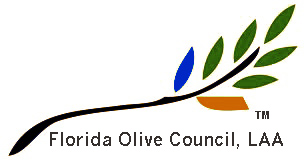
Add Your Comment